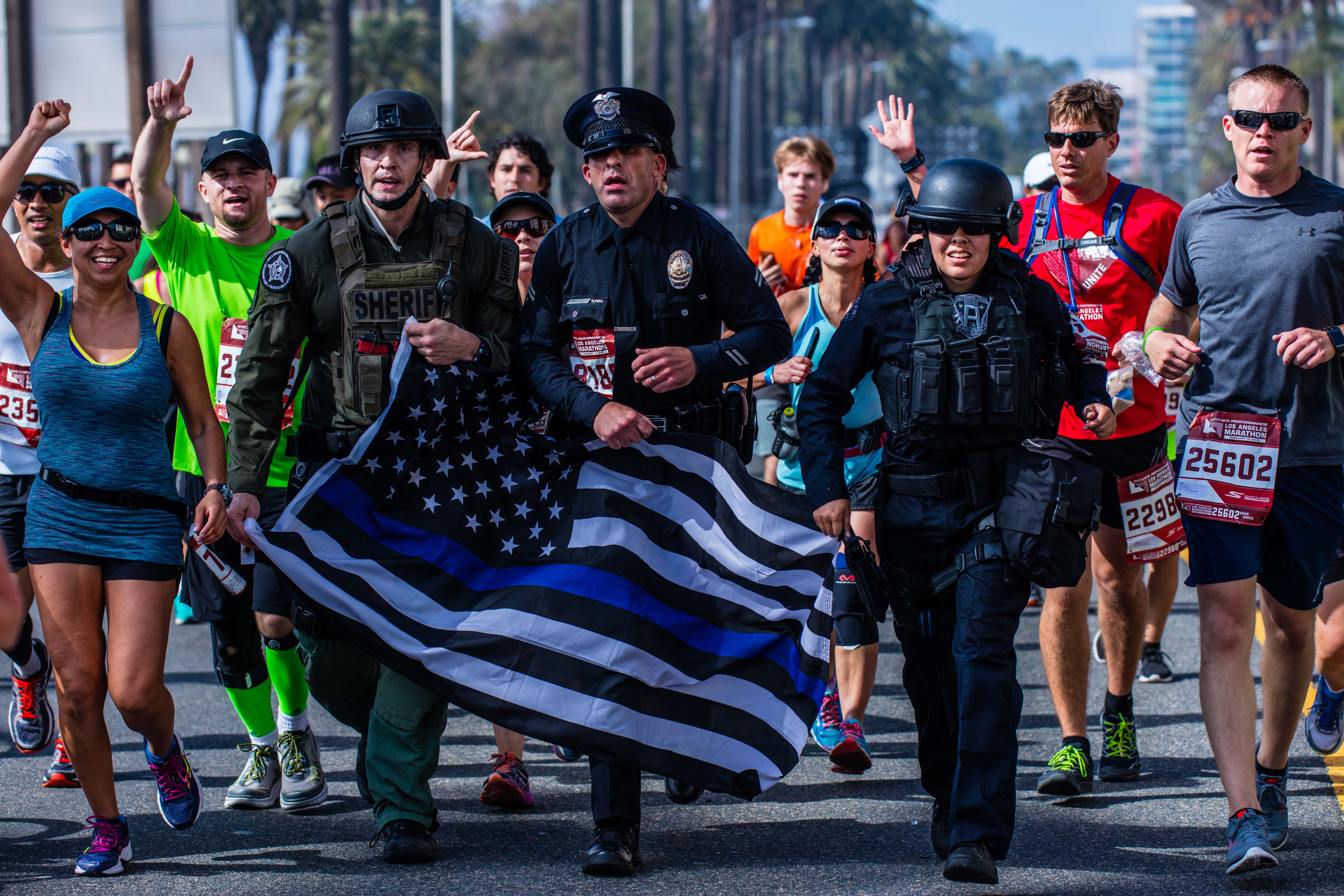
He had a long criminal history that included assaults, firearms possession and making criminal threats; but under the state’s new prison realignment law and parole programs, Lloyd Anthony Holbrook was classified as a ‘low-level, non-violent’ offender not requiring parole supervision. Writing for the Los Angeles Times, Andrew Blankstein documented Holbrook’s most recent encounter with law enforcement, an arrest by U.S. marshals who took him in for making terrorist threats after a half-day standoff with LAPD’s SWAT.
Many were surprised that with a rap sheet like his, Holbrook wasn’t being supervised. Parole officers weren’t tracking his movements or making sure he complied with his parole conditions. Information from federal sources reveals that after his arrest, he admitted to being off his medications for several days and instead, ‘self-medicating’ with alcohol, despite a prior DUI arrest.
Holbrook is only the latest addition to the growing list of ‘low-level, non-violent’ offenders who, once paroled, turned out to be highly dangerous and harmful to society. Part of the reason this is happening all too often involves the list of 500 criminal code sections responsible for classifying an offender as ‘low-level, non-violent.’
According to the California District Attorneys Association’s website, more than 20 offenses that most people would consider serious or violent fall into the low-level, non-violent category. Among them are killing or injuring a police officer while resisting arrest; involuntary manslaughter; vehicular manslaughter while intoxicated; participating in a lynching; possession of weapons of mass destruction; possessing explosives; threatening a witness or juror; and using arson or explosives to terrorize a health facility or church.
Los Angeles County District Attorney Steve Cooley summed up the incomprehensible in a recent Associated Press story: “Realignment casts too wide a net in defining ‘low level offenses.’”
Sound judgment and common sense are clearly lacking. Virtually all law-abiding Californians would consider these types of crimes anything but trivial. They’d expect individuals convicted of these crimes to serve their full terms in prison, not in a county jail. And most people would want parolees’ movements tracked upon their release and the assurance that authorities are enforcing parolees’ compliance with their parole conditions.
The criminal justice realignment governing incarceration and parole is a bold experiment that has many of us in the law enforcement more than concerned about the potential consequences – unintended or otherwise – on public safety. Adjustments will undoubtedly need to be made as we learn from experience, but a good start would be eliminating from the list of criminal code sections those crimes that by no stretch of the imagination can be considered ‘low level, non-violent.’ And because this is a clear matter of the public’s safety, we also suggest this be done as soon as possible.











